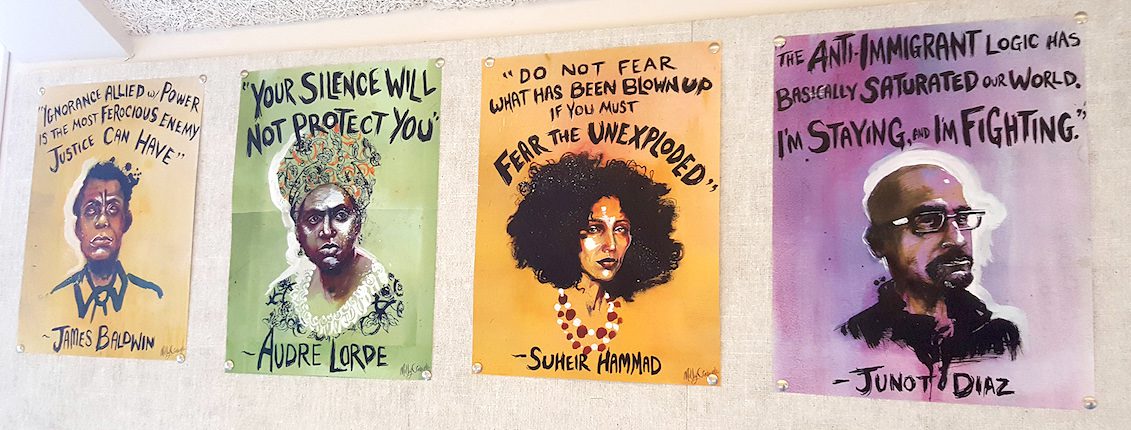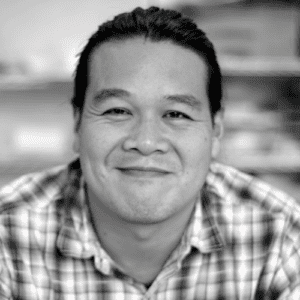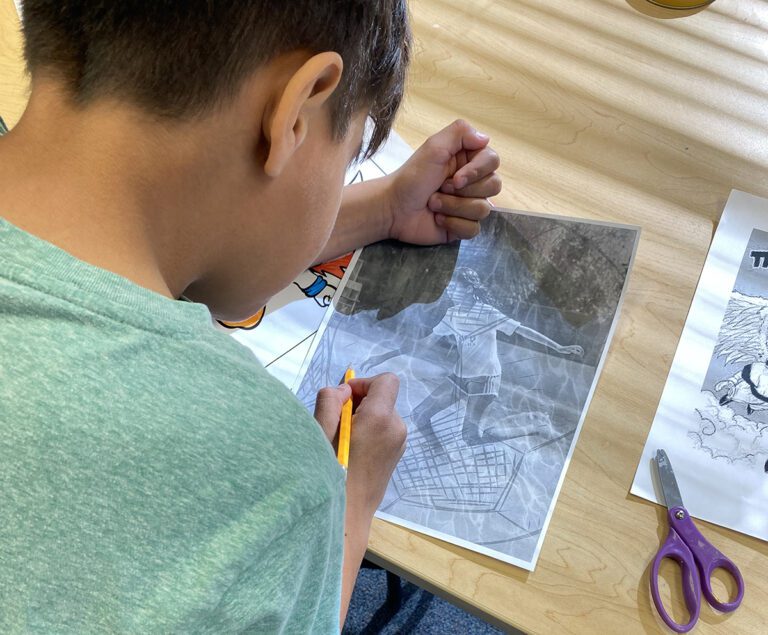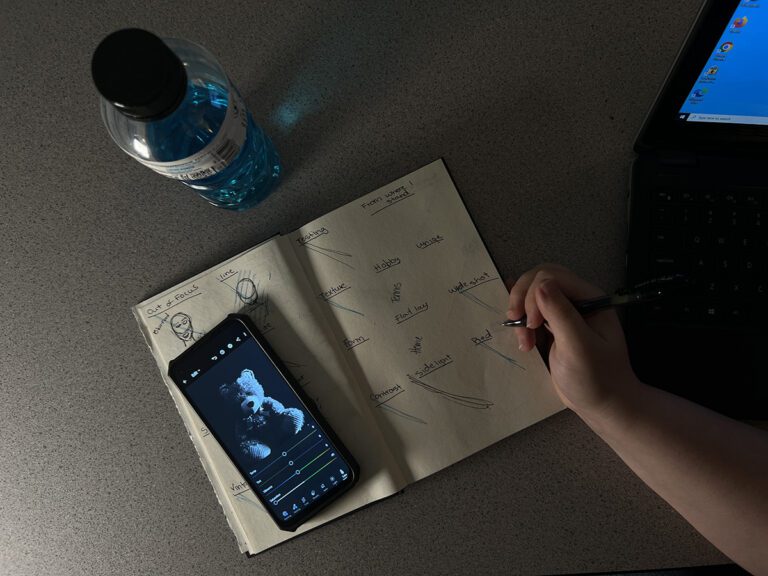When our students look out at the world around them, they see division. The media reports on one national tragedy after another, and it seems like no one can agree on any solutions. On top of all this, our most at-risk populations, students of color, low-income students, and immigrants, are experiencing significant challenges before they ever set foot in a classroom. Many feel powerless to affect large-scale issues. Our role as art teachers provides us a unique opportunity to help students process, reflect, and also enact change in their own lives.
One way I have tackled these challenges is by thinking about the ways equity, inclusion, and social justice are incorporated into my curriculum.
The Importance of Representation in the Classroom and the Curriculum
My work starts with my classroom: What kinds of artists are represented in our learning spaces? Who we consider “core” artists to study sends a message. Historically there hasn’t been any real diversity of representation because most artists we study are white and male. I choose to hang posters of exhibitions and works by artists of color and female artists whenever possible in my room.
As you think about the artists and work in your space, consider the need for what Emily Style calls “windows and mirrors”: windows into the experiences of others and mirrors of their own lives. In my classroom, I also include posters and work that highlight protest and activist movements. Artists have often worked at the forefront of these spaces, and I feel it is important to show the ways the arts fight for equity and inclusion.
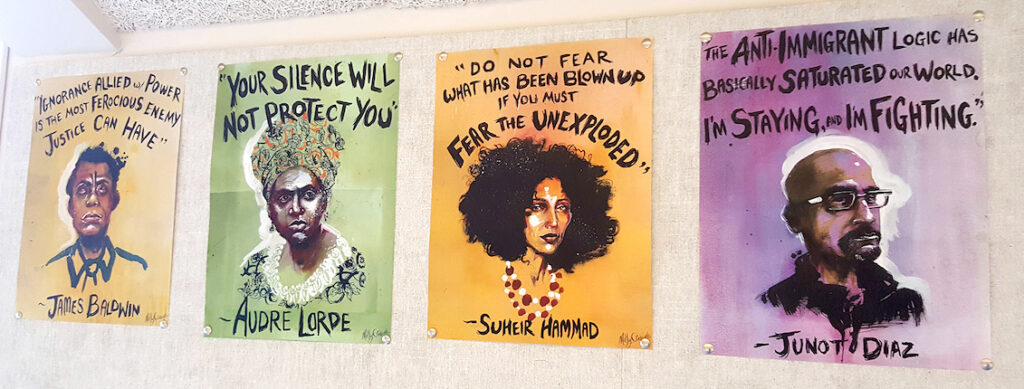
When you’re thinking about what type of work to display, consider the following questions:
- Is there a balance between male and female artists?
- Where are the artists representing LGBTQ communities?
- Have you shown artists of different racial and ethnic backgrounds?
- Can you represent local artists students may understand differently?
The goal is to create a space for students to feel connected. When they look at the artists making work and see people from all different backgrounds, their definition of who an “artist” is expands; they are able to see themselves as a maker and producer of culture.
When they look at the artists making work and see people from all different backgrounds, their definition of who an “artist” is expands; they are able to see themselves as a maker and producer of culture.
Additionally, as a person of color, I try to make myself visible for students in my school. I recognize when I was a student, I didn’t see myself represented in the faculty or staff at school, and it had an impact on me. I was searching for connection and mentorship, and couldn’t find it from faces that looked like mine.
How can educators establish themselves as role models for our students of color and connect with them over shared experiences in the world? And how can white students see someone like myself, a person of color, breaking some of the stereotypes they have about people like me? I can provide them a window into a different experience and potentially help them to reflect and open up their own thinking.
Providing a Safe Space to Respond
This year, I’m trying something new by providing safe spaces for students to respond personally to significant events and moments in journals and sketchbooks. I began on our first day of class after summer break. I experienced a lot of heaviness after the events in Charlottesville, and a summer spent contemplating injustice and violence.
My practice allowed me to respond visually to process these feelings, and while in conversation with my colleagues, I realized: why couldn’t my students do this as well? And if I was going to allow them to process and respond, shouldn’t they be permitted to do so in their own ways?
So I’ve taken a few moments during the semester and set them aside as open response days. Moving forward, I plan to hold this response space when needed depending on local and national events. When students understand there are moments for them to process the world in my class and make their voice heard, it shifts the power dynamic and gives them agency. It helps them build good habits in life around pausing and taking a moment to reflect.
Building in reflection time is something counterintuitive to a culture that perpetually pushes students along from one subject to the next. The events of the world impact them, and we can’t ignore that these feelings come through the door with our students. They need to be able to unpack those burdens. Doing so through a drawing, collage, or writing allows them to relieve some of the weight.
Presenting Meaningful Projects
In addition to reflection and representation, creation around these themes is also important. One project I’ve used with my Middle School photography class involves considering how identity can be reflected in image-making. How can we find others who we connect with in portraiture? What do the portraits and pictures we take say about who we identify with and what identities we hold sacred?
If you’d like to present a similar theme, two great photographers to highlight are iO Tillett Wright and Matika Wilbur. Wright is a trans photographer working on a portrait project to photograph 10,000 non-straight individuals across the country called Self-Evident Truths.
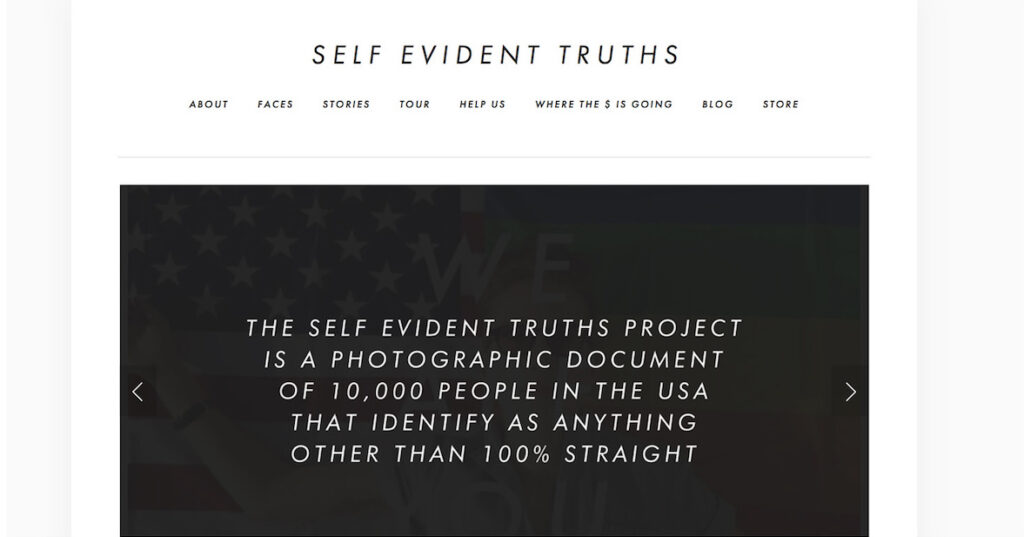
Wilbur is a Native-American photographer documenting individuals from all federally recognized tribes in the country through her Project 562.
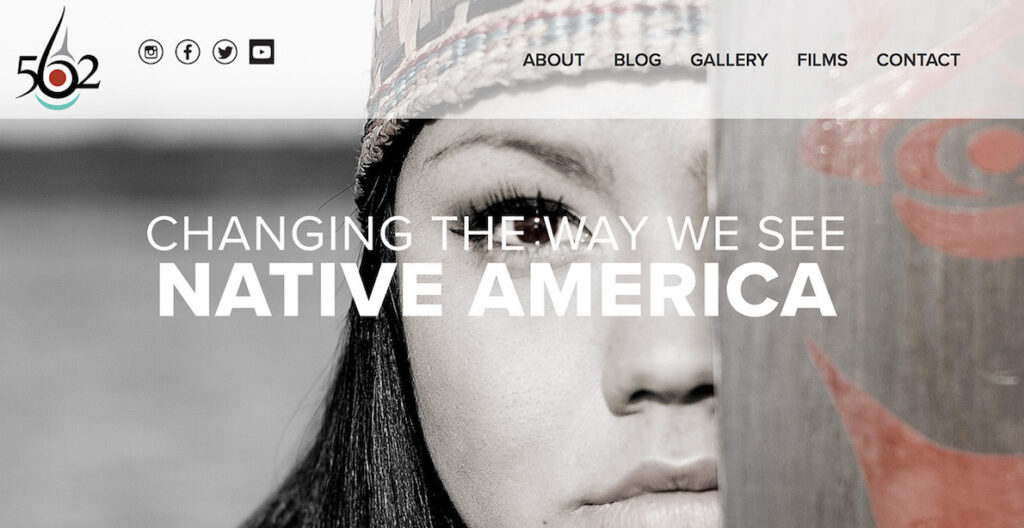
These photographers are taking control of the narrative around who documents and represents their identities and shifting the power and agency away from those who have traditionally held it.
A project doesn’t have to explicitly address equity, inclusion, or social justice to impact a student’s thinking around these ideas. You can design projects, to have a layer encouraging students to process events and issues in the world. Every time I’ve presented such a project, it has served as a launching pad for deeper conversations with my students.
We all want our students to become critical thinkers who can parse out their values from an onslaught of contradictory messages. To create equitable and open spaces of dialogue and exploration and to showcase movements of action and social change, we must work to provide students with the tools to draw their own conclusions. While doing so, it’s important not to push your agenda. We all have biases, and we must help our students find their truths. I’m always learning and growing throughout this process and hope these questions help spur additional dialogue for you in your classrooms.
What ways do you create “windows and mirrors” for students to see themselves and others’ experiences in the classroom?
How do you help students respond to current events through art?
Magazine articles and podcasts are opinions of professional education contributors and do not necessarily represent the position of the Art of Education University (AOEU) or its academic offerings. Contributors use terms in the way they are most often talked about in the scope of their educational experiences.
